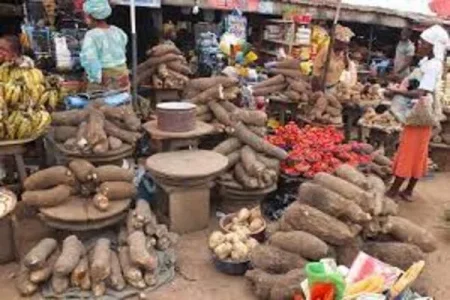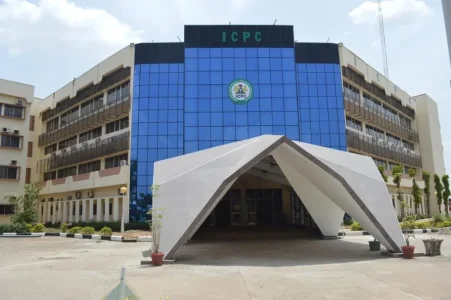
Nigeria's food inflation soared to 40.66% in May, with Kogi, Ekiti, and Kwara states experiencing the highest rates. Key contributors include semovita, oat flakes, and beans. Rising costs have prompted national concerns and a two-day strike for higher wages, highlighting economic disparities across regions.
Nigeria’s food inflation rate has surged dramatically, reaching 40.66 percent in May 2024, up from 24.82 percent in May 2023, according to the National Bureau of Statistics (NBS). This 15.84 percentage point increase highlights the escalating cost of food across the nation, driven by significant price rises in staple items such as semolina, oat flakes, yam flour, garlic, and beans. Additional contributors include Irish potatoes, yam, palm oil, vegetable oil, and various meats and fish.
This rising food inflation is not just a statistic but a pressing issue affecting millions of Nigerians, leading to a two-day strike by organized labor on June 3. The strike called for an increase in the national minimum wage to help Nigerians cope with the soaring costs of basic food items.
The NBS report reveals significant disparities in food inflation rates across different states and the Federal Capital Territory (FCT). Kogi, Ekiti, and Kwara states have experienced the most substantial year-on-year increases, with rates of 46.32 percent, 44.94 percent, and 44.66 percent, respectively. In contrast, Adamawa, Bauchi, and Borno states recorded the slowest increases, with rates of 31.72 percent, 34.35 percent, and 34.74 percent, respectively.
Here is a detailed breakdown of food inflation rates across states in May 2024:
- Kogi: 46.32%
- Ekiti: 44.94%
- Kwara: 44.66%
- Osun: 44.57%
- Edo: 44.46%
- Enugu: 44.42%
- Imo: 44.32%
- Cross River: 44.24%
- Abia: 44.02%
- Akwa Ibom: 43.83%
- Gombe: 43.73%
- Oyo: 43.26%
- Ebonyi: 43.23%
- Lagos: 43.02%
- Jigawa: 42.56%
- Bayelsa: 42.29%
- Sokoto: 41.69%
- Rivers: 41.61%
- Ondo: 41.30%
- Ogun: 41.26%
- Kaduna: 41.00%
- Kano: 39.96%
- Niger: 39.92%
- Delta: 39.35%
- Plateau: 39.16%
- Anambra: 38.96%
- Zamfara: 38.93%
- Kebbi: 38.51%
- Abuja: 38.38%
- Nassarawa: 37.70%
- Benue: 37.64%
- Katsina: 37.54%
- Yobe: 37.44%
- Taraba: 36.06%
- Borno: 34.74%
- Bauchi: 34.35%
- Adamawa: 31.72%




